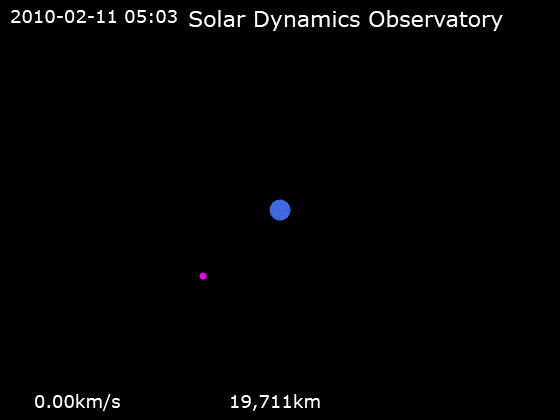Chinese Astronomers Documented 1408 Nova Explosion, Study Reveals

In a significant development in the field of astronomy, a collaborative research team has identified a nova event that occurred in 1408, as documented by Chinese astronomers during the Ming dynasty. This revelation, published in the peer-reviewed journal The Astronomical Journal, sheds light on the historical observations of celestial phenomena and their implications for modern astronomical studies.
The event, which took place just after sunset on an October evening in 1408, was meticulously recorded by scholars at the Hanlin Academy. According to the report by Hu Guang, a prominent scholar of the time, a new star appeared in the southern sky, described as resembling a cup-shaped oil lamp, glowing with a pure yellow light. Hu's formal report to Emperor Yongle interpreted this star as a celestial omen, indicating a prosperous era under his reign.
"We, your ministers, have encountered this auspicious sign, and respectfully offer our congratulations ... This splendid omen is truly a sign of an enlightened era," Hu wrote, highlighting the significance attributed to the event by Ming dynasty officials. The star reportedly remained stationary for ten days, allowing astronomers ample time for observation and measurement.
Modern researchers, including Dr. Li Wei, an astrophysicist at Tsinghua University, and Dr. Anna Schmidt from the Max Planck Institute for Astronomy, have utilized these historical records to confirm that the phenomenon was a nova, a type of stellar explosion resulting from the dying stages of a star, rather than a comet or meteoric event. Dr. Wei stated, "The detailed accounts provided by Hu Guang and his contemporaries have been instrumental in clarifying the nature of this celestial event."
The research team, which also includes astronomers from the University of Chile, has narrowed down the possible location of the nova to a specific region in the Milky Way, based on the size and brightness described in the historical documentation. This newfound understanding of the 1408 nova not only validates the meticulous work of ancient Chinese astronomers but also contributes to the broader field of stellar evolution studies.
The significance of this discovery extends beyond the realm of historical astronomy. According to Dr. Maria Gonzalez, a historian of science at Stanford University, the findings underscore the importance of integrating historical records with modern scientific inquiry. "This merger of history and science is crucial for a holistic understanding of our universe," Dr. Gonzalez remarked.
Moreover, the implications of this research may prompt further investigations into other historical astronomical events recorded by ancient civilizations. Researchers are calling on observatories worldwide to take a closer look at the identified stellar remnant, which could provide additional data on the life cycle of stars and the dynamics of our galaxy.
In conclusion, the rediscovery of the 1408 nova event serves as a reminder of the rich legacy of astronomical observation in ancient China and the potential for historical records to enrich contemporary scientific discourse. As scientists continue to unravel the mysteries of the stars, this study highlights the enduring connection between past and present in our quest to understand the cosmos.
Advertisement
Tags
Advertisement





